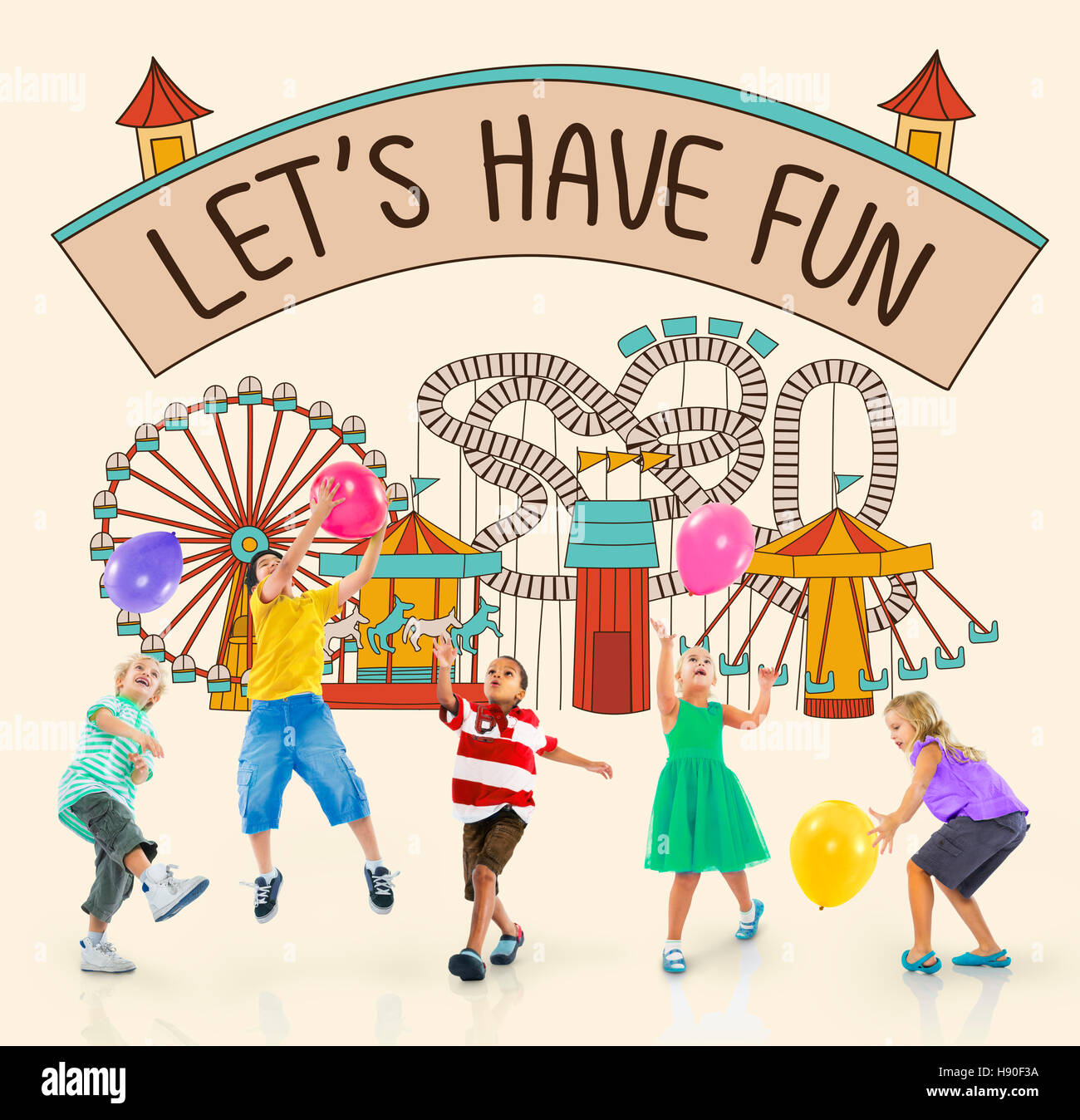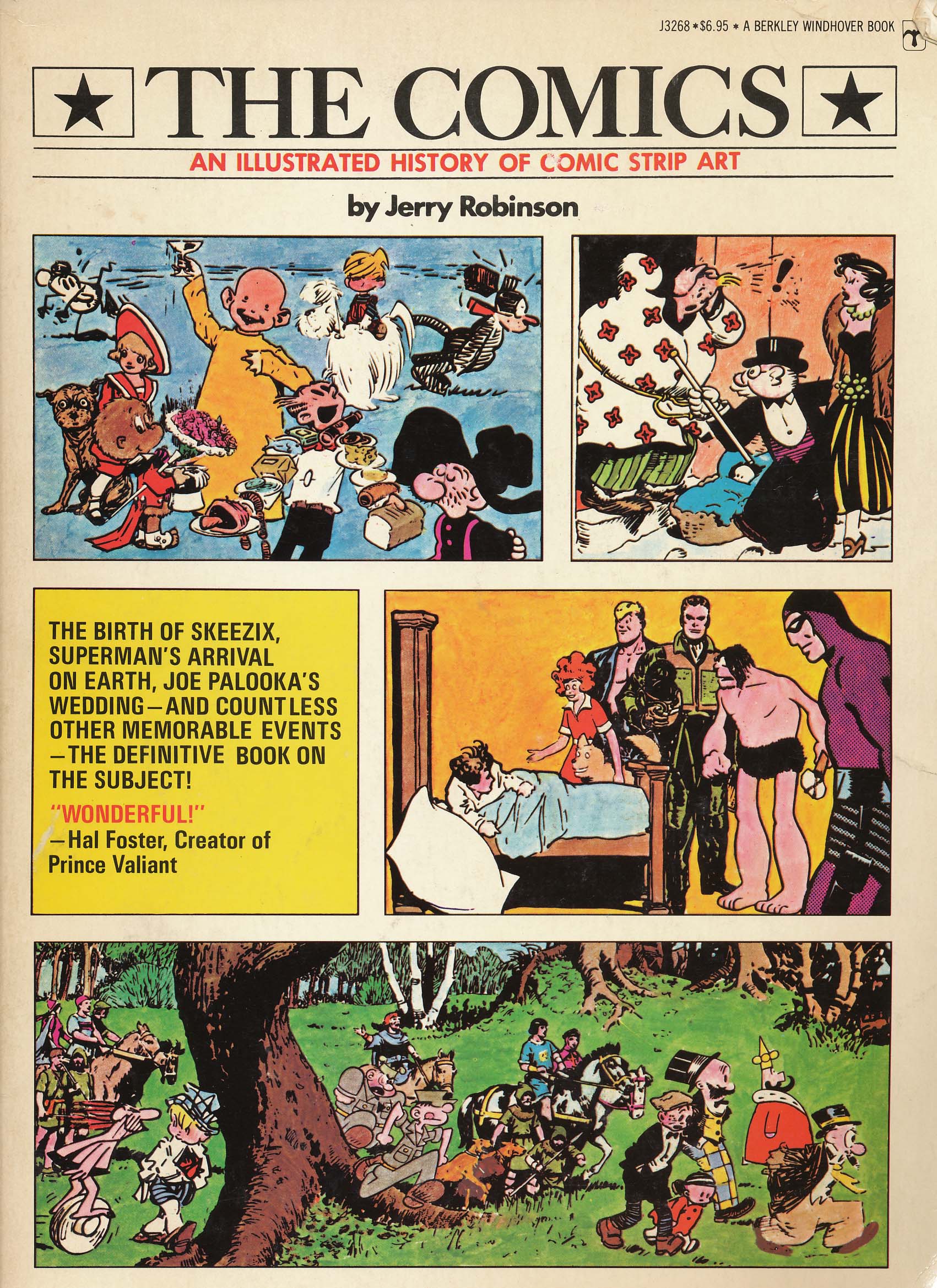
Okay, here’s a 1200+ word article about fun budgeting charts with colors.
Fun Budgeting Charts with Colors: Making Financial Planning Engaging and Effective
Budgeting. The word itself can conjure up images of spreadsheets, restrictions, and a general feeling of financial constraint. For many, it’s a chore, a necessary evil, rather than an empowering tool. However, budgeting doesn’t have to be a drab and tedious process. By incorporating visual elements, especially fun budgeting charts with colors, you can transform financial planning from a daunting task into an engaging and even enjoyable experience. This article explores the power of visually appealing budgeting charts and how they can revolutionize your approach to money management.
Why Traditional Budgeting Often Fails
Before diving into the world of colorful charts, it’s important to understand why traditional budgeting methods often fall short. Several factors contribute to this:
- Complexity and Intimidation: Complex spreadsheets with endless rows and columns can be overwhelming. The sheer volume of data can be intimidating, making it difficult to track progress and identify areas for improvement.
- Lack of Visual Appeal: Black and white spreadsheets, dense reports, and text-heavy documents are simply not visually stimulating. They can quickly lead to boredom and disengagement.
- Time Commitment: Maintaining a traditional budget often requires significant time and effort. Manually entering data, categorizing expenses, and calculating totals can be time-consuming, leading to procrastination and abandonment.
- Feeling of Restriction: Many people perceive budgeting as a restrictive practice that limits their spending and enjoyment. This negative association can create resistance and a lack of motivation.
- Difficulty in Identifying Trends: It can be challenging to identify spending patterns and trends when data is presented in a purely numerical format. This makes it harder to make informed decisions about where to cut back or allocate resources.
The Power of Visual Budgeting: Charts, Colors, and Engagement
Visual budgeting addresses these shortcomings by presenting financial information in a clear, concise, and engaging manner. Charts and colors transform raw data into easily digestible visuals, making it easier to understand your financial situation and make informed decisions. Here’s why visual budgeting works:
- Enhanced Comprehension: Visuals are processed much faster than text. Charts allow you to quickly grasp key financial information, such as income, expenses, and savings, at a glance.
- Improved Engagement: Colors and visually appealing designs can make budgeting more enjoyable and less of a chore. A visually stimulating budget is more likely to be reviewed and updated regularly.
- Clearer Trend Identification: Charts make it easier to identify spending patterns and trends. For example, a line graph can clearly show how your spending on dining out fluctuates over time, allowing you to identify potential areas for improvement.
- Increased Motivation: Seeing your progress visually can be highly motivating. A chart that shows your savings growing over time can encourage you to stick to your budget and achieve your financial goals.
- Simplified Communication: Visuals are a great way to communicate financial information with others, such as your partner or family. A shared budget chart can facilitate open and honest conversations about money.
Types of Fun Budgeting Charts with Colors
There are numerous types of budgeting charts that can be enhanced with colors to make them more engaging. Here are a few popular options:
-
Pie Charts: Pie charts are excellent for showing the proportion of your income allocated to different expense categories. Each slice represents a category, and the size of the slice corresponds to the percentage of your income spent on that category. Colors can be used to differentiate between categories, making it easy to see where your money is going.
- Example: A pie chart showing housing (30%), transportation (15%), food (20%), entertainment (10%), savings (15%), and other expenses (10%), each represented by a different color.
-
Bar Graphs: Bar graphs are ideal for comparing expenses across different categories or tracking changes in spending over time. The height of each bar represents the amount spent on a particular category or during a specific period. Colors can be used to highlight specific categories or periods of interest.
- Example: A bar graph showing your monthly spending on groceries for the past six months, with each month represented by a different colored bar.
-
Line Graphs: Line graphs are useful for tracking trends over time, such as income, expenses, or savings. The line shows the progression of a particular metric over a specific period. Colors can be used to distinguish between different metrics or to highlight significant changes.
- Example: A line graph showing your monthly savings over the past year, with a different colored line representing your savings goal.
-
Stacked Bar Graphs: Stacked bar graphs show the composition of a total value by breaking it down into its constituent parts. Each bar represents a total value, and the bar is divided into segments representing the different components. Colors can be used to differentiate between the components.
- Example: A stacked bar graph showing your total income each month, broken down into segments representing salary, freelance income, and investment income, each represented by a different color.
-
Area Charts: Area charts are similar to line graphs, but the area below the line is filled in with color. This can be useful for visualizing the cumulative effect of a particular metric over time.
- Example: An area chart showing your cumulative savings over the past year, with the area below the line filled in with a color gradient.
-
Gauge Charts: Gauge charts are used to display a single value in relation to a target or range. The gauge typically resembles a speedometer, with a needle pointing to the current value. Colors can be used to indicate whether the value is within the desired range.
- Example: A gauge chart showing your progress towards your savings goal, with the needle pointing to your current savings amount and the gauge divided into sections representing different levels of progress.
Tips for Creating Fun and Effective Budgeting Charts
Here are some tips for creating visually appealing and effective budgeting charts:
- Choose the Right Chart Type: Select a chart type that is appropriate for the data you want to visualize and the message you want to convey.
- Use Colors Strategically: Use colors to differentiate between categories, highlight important information, and create a visually appealing design. Avoid using too many colors, as this can be overwhelming. Consider using a color palette to ensure that the colors complement each other.
- Keep it Simple: Avoid cluttering your charts with too much information. Focus on presenting the key data points in a clear and concise manner.
- Label Everything Clearly: Make sure all axes, data points, and categories are clearly labeled. This will make it easier for you and others to understand the chart.
- Use Visual Hierarchy: Use different font sizes, colors, and weights to create a visual hierarchy that guides the viewer’s eye to the most important information.
- Choose a Design that Reflects Your Personality: Don’t be afraid to add your own personal touch to your charts. Use colors and fonts that you like, and incorporate elements that reflect your personality. This will make the budgeting process more enjoyable and engaging.
- Use Budgeting Apps and Software: Many budgeting apps and software programs offer built-in charting features that make it easy to create visually appealing budgets. Examples include Mint, YNAB (You Need a Budget), Personal Capital, and many more.
- Consider Online Tools: Tools like Canva and Google Sheets offer templates and customization options to create visually appealing budgeting charts.
Examples of Fun Budgeting Chart Ideas
- The "Savings Thermometer": A vertical bar graph resembling a thermometer that fills up as you get closer to your savings goal. Use vibrant colors to represent progress.
- The "Debt Snowball Avalanche": A series of cascading bars representing your debts, with the smallest debts at the top and the largest at the bottom. As you pay off each debt, the corresponding bar disappears.
- The "Expense Rainbow": A pie chart with each slice representing a different expense category, using bright, cheerful colors.
- The "Income Waterfall": A bar graph showing your various income streams, such as salary, freelance income, and investment income, flowing into a central "pool" representing your total income.
Conclusion: Embrace the Power of Visual Budgeting
Budgeting doesn’t have to be a dreaded chore. By incorporating fun budgeting charts with colors, you can transform financial planning into an engaging and effective process. Visual budgeting makes it easier to understand your financial situation, identify spending patterns, and track your progress towards your financial goals. So, ditch the drab spreadsheets and embrace the power of visual budgeting. You’ll be surprised at how much more enjoyable and effective your financial planning becomes. Start experimenting with different chart types, colors, and designs to find what works best for you. With a little creativity, you can create a budget that is both informative and inspiring.



